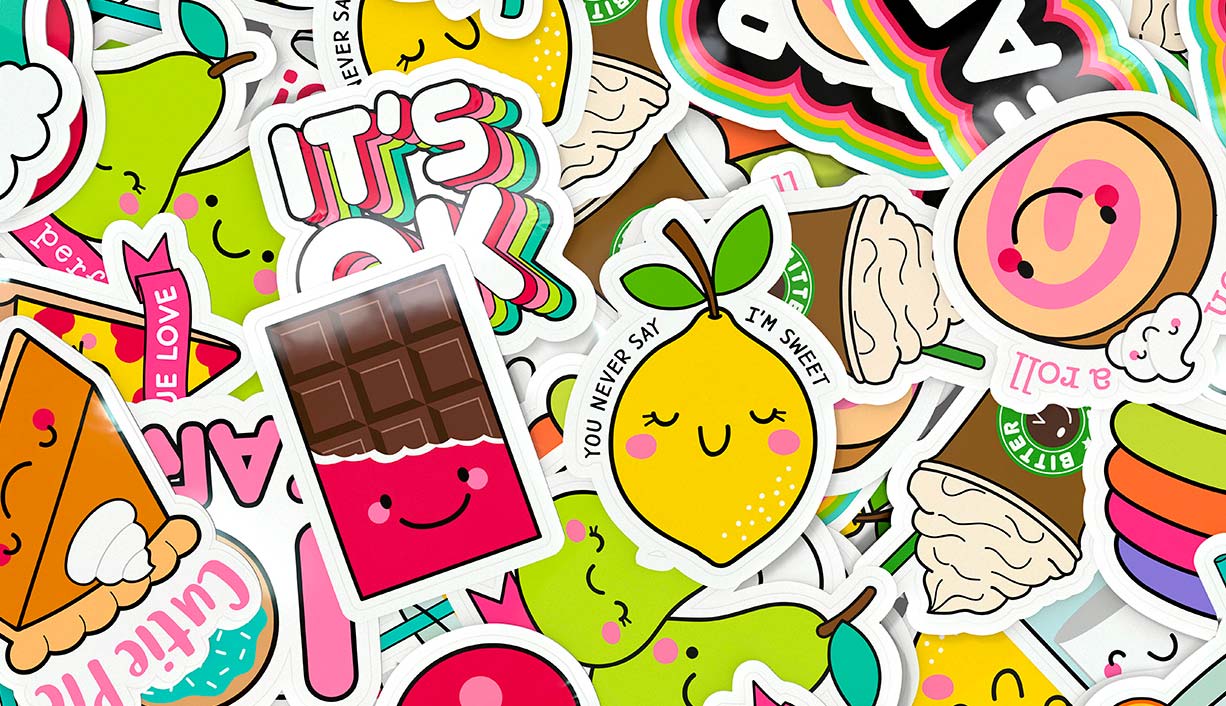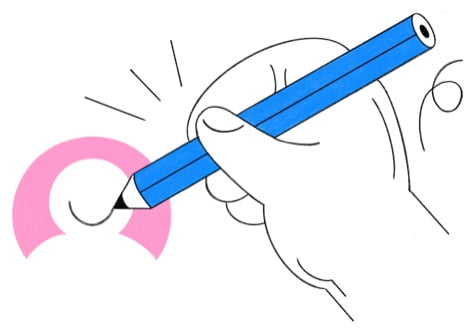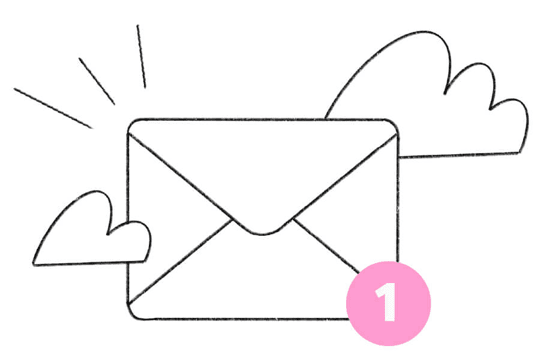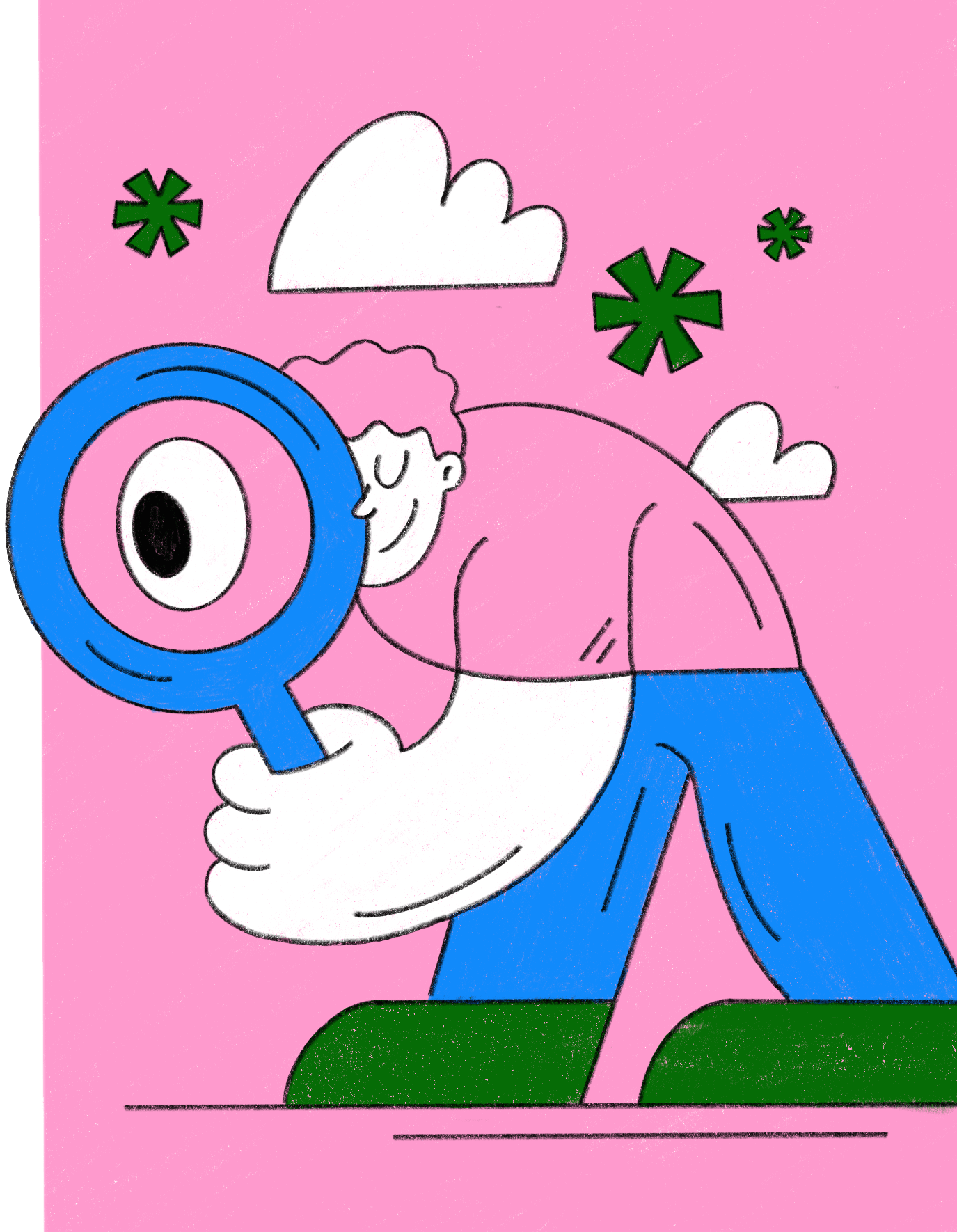TUTORIALS
How To Easily Create Sticker Sheets In Adobe Photoshop
Want to create a sticker sheet but you’re not that familiar with Adobe Illustrator? Although a vector based document will always have our preference regarding the end result, at Jukebox we make it possible for you to create and export your file using Adobe Photoshop as well.
Feb 3, 2022
•
4 min read






























